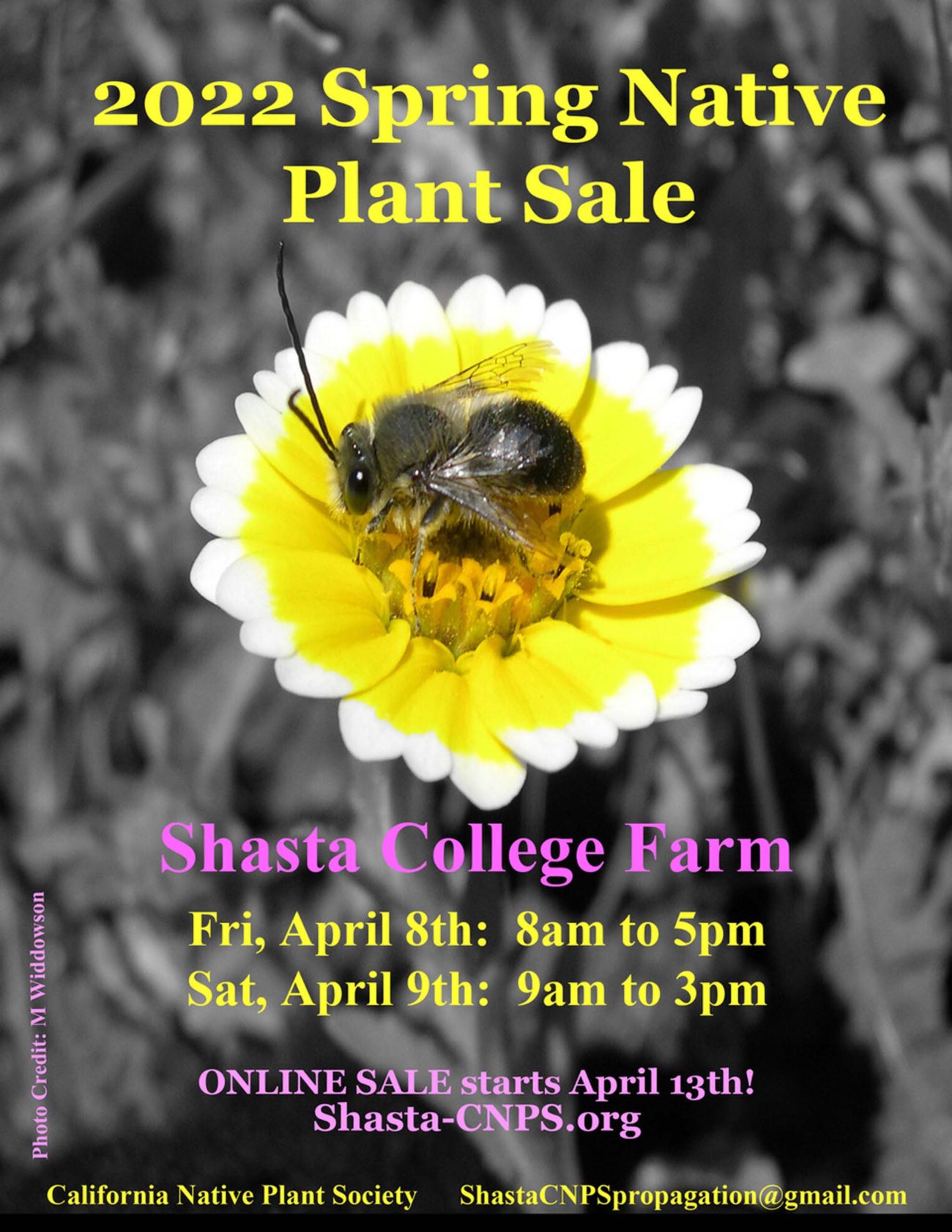
The most spectacular drought-defying plants are the California annual wildflowers that paint hillsides with rich color nearly every year. They over-summer as seeds and the plants thrmselves practically disappear, to begin growing again from seed when rain returns. Northern California native wildflower seeds are sown in October and November to absorb fall rains, and begin their growth in December and January. If you are interested in buying high-quality seed in bulk, we recommend a well known reputable nursery that collects and magnifies seed from northern California approved sites: Hedgerow Farms.
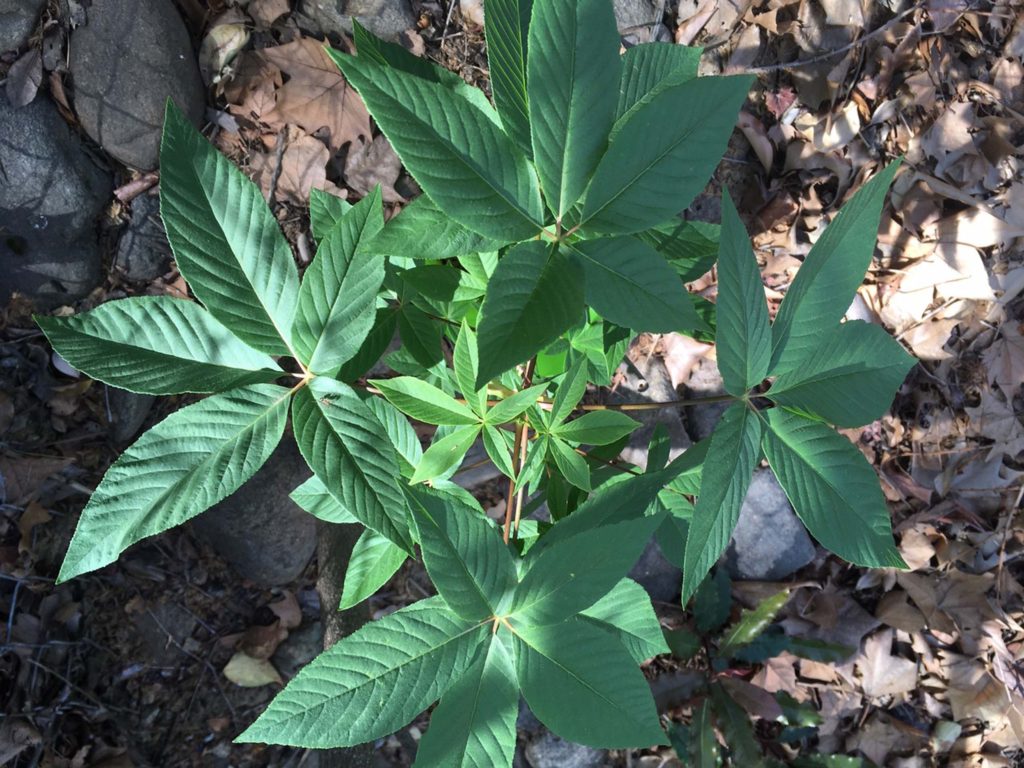
Among the perennial California natives that we will have for sale at our Spring 2022 Native Plant Sale are surprising extreme-drought-tolerant plants. Both blue elderberry (Sambucus nigra ssp. caerulea) and California buckeye (Aesculus californica) are thought of as riparian species, but these shrubs have an innate ability to drop their leaves and go summer dormant during prolonged drought. The elderberry is a wildlife oasis in all seasons, while the buckeye is known for the sculptural quality it has in summer and fall. For both, new leaves emerge in mid winter and flourish despite light frosts.
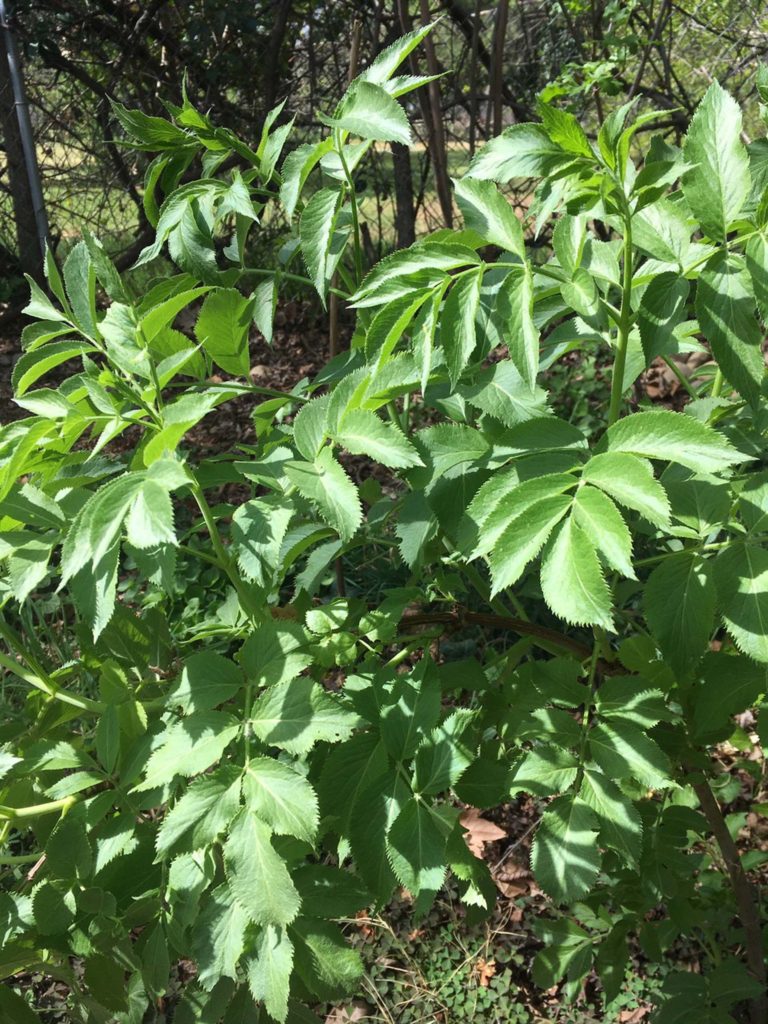
Beautiful native bulbs in the lily family have a summer-drought strategy as well. Their aboveground leaves and stems completely dry down after blooming and setting seed. They will stay healthiest with no water over the summer. At our spring sale, we will offer wild hyacinth (AKA round-toothed ookow; Dichelostemma multiflorum), firecracker-flower (Dichelostemma ida-maia), and soap-plant (Chloragalum pomeridianum). Native tubers such as woolly-fruited lomatium (Lomatium dasycarpum ssp. tomentosum) have the same strategy as the bulbs and also require no water in summer.
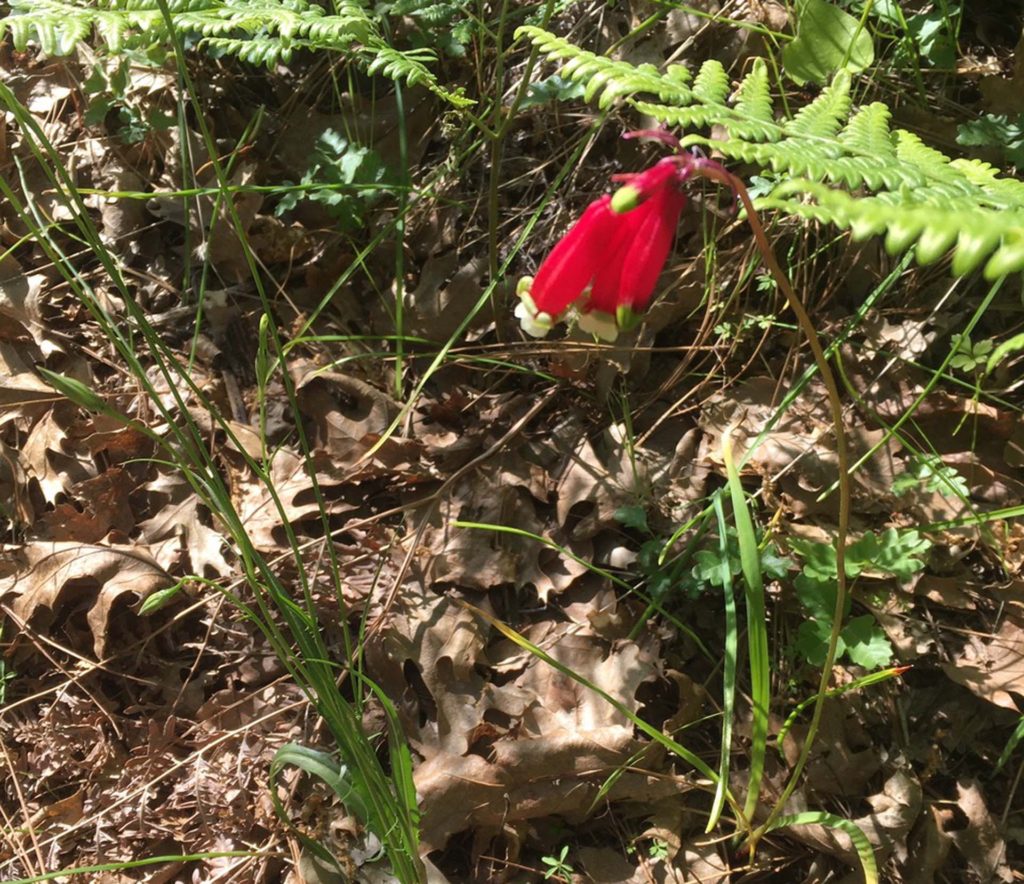
California pipevine (Aristolochia californica) often loses many leaves to the pipevine swallowtail caterpillars that can only feed on pipevine. Caterpillar-pruned pipevines survive dry summers quite well with no water. The active flowering and growing time for pipevine begins in January and winds down by summer.
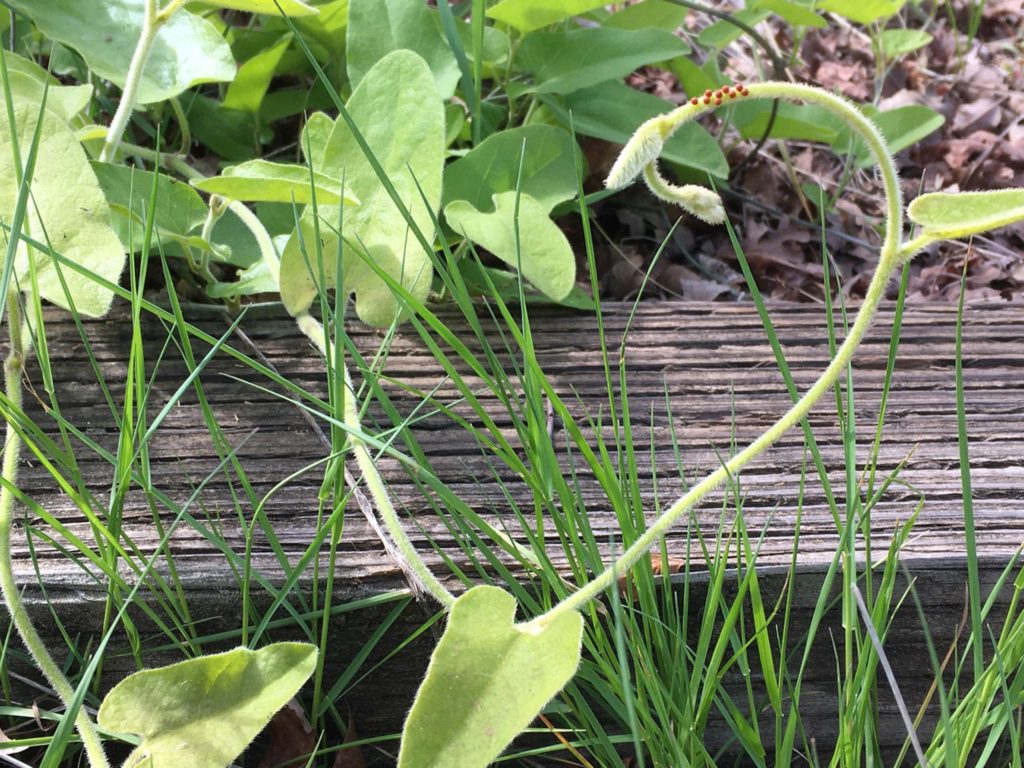
After becoming established in your yard and garden, all upland natives will have low water needs compared to typical non-native horticultural landscape plants. But the species highlighted here also have drought adaptions that are not as well known as those of the sages and chaparral shrubs. ~MaryAnn McCrary
